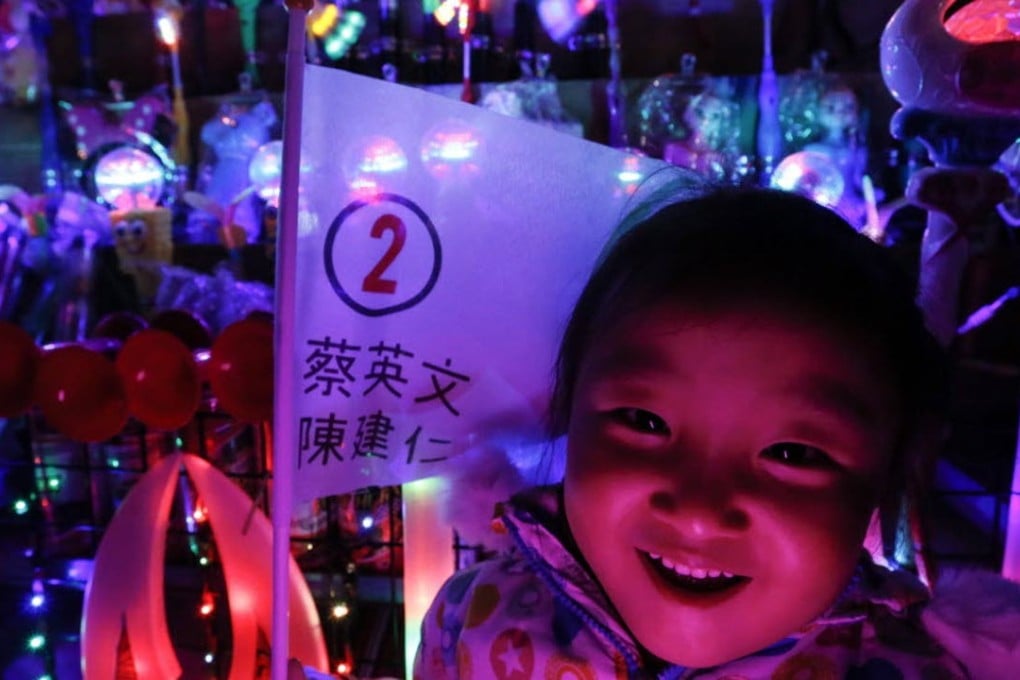We have to win back the heart of Taiwan’s young: defeated KMT

After its crushing defeat in Saturday’s election, the Kuomintang must nurture young leaders and embrace its role as the opposition if it is to regain power in four years’ time, party members and analysts said.
The election was the “KMT’s worst defeat since 1949”, according to KMT central committee member Darby Liu. Others were more upbeat, saying the KMT still had a strong base to build from.
“There is a big gap in the party’s cadre development,” said professor Ko Chih-en of Tamkang University, also a KMT legislator. “We have to fix it. We have to win back the heart of the younger generation.”
Many observers believe the failure to win over young voters in the aftermath of the student-led “Sunflower movement” was a major cause of the defeat. In contrast, the victorious Democratic Progressive Party had capitalised on the youth vote.
“Where is the KMT’s Tsai Ing-wen? Who can put it together?” Ko asked, referring to the island’s newly elected president.
Shelly Rigger, a professor of East Asian politics at Davidson College, said the KMT leadership had grown increasingly distant from its grassroots and power bases.